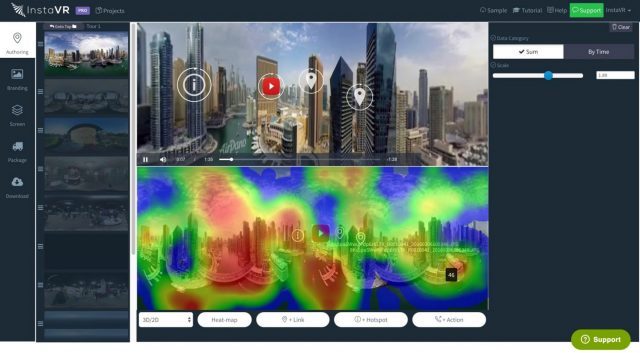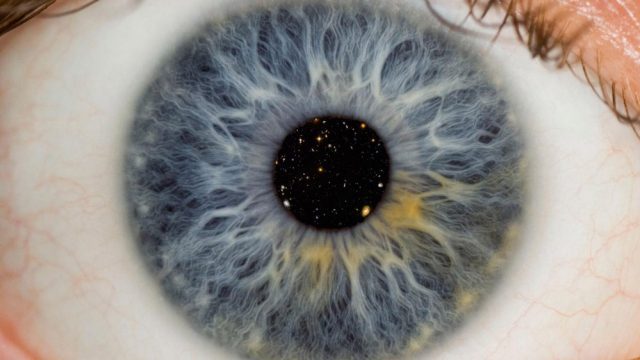A New Age of Educational Analytics

The great thing about immersive media analytics is the amount of information you can derive from user data — because headsets are constantly being tracked, you can tell what users are looking at, when, for how long, what they’re interacting with and even what they’re choosing to ignore.
The next-generation of headsets are expected to include pupil tracking, which on its own will provide creators with another world of information. You may have heard that human pupils dilate on physical attraction: but it goes much further than that.
Pupils expansion betrays not only physical attraction, but also mental strain and emotional engagement. Princeton University psychologist Daniel Kahneman showed several decades ago that pupil size increases in proportion to the difficulty of a task at hand. Calculate nine times 13 and your pupils will dilate slightly. Try 29 times 13 and they will widen further and remain dilated until you reach the answer or stop trying. Kahneman says that he could divine when someone gave up on a multiplication problem simply by watching for pupil contraction during the experiment.
“Pupil dilation can also betray an individual’s decision before it is openly revealed,” concluded a 2010 study led by Wolfgang Einhäuser-Treyer, a neurophysicist at Philipps University Marburg in Germany. Participants were told to press a button at any point during a 10-second interval, and their pupil sizes correlated with the timing of their decisions. Dilation began about one second before they pressed the button and peaked one to two seconds after.

This is immensely powerful for education, and combining all these bits of data together with Artificial Intelligence will allow content creators to have highly-accurate psychological profiles of students at their fingertips that can be constantly updated in real time, even predicting their actions. This information is so accurate, in fact, that it could render exams obsolete — if you understand a student’s relationship to a subject to an unconscious degree, there’s nothing to test and there’s nothing to fake.
This can create the foundation for educational software that truly understands you as a student — and while there are several anxieties around the misuse of this data, in this article we’ll only talk about the possibilities and explore the potential issues in another piece. (follow me so you can read it once it comes out!)
All in all, this means that you can measure intellectual and emotional engagement in real time to adapt educational experiences on the go to, automatically resolving student difficulties as they appear and customizing the experience to maximize their interest. Ultimately, immersive education in conjunction with A.I. has the potential to supercharge education, creating truly unique interactive experiences that pave the road for fully automated personalized and mastery-based education.
But how far can A.I. go? Could there be a day where they become teachers?







